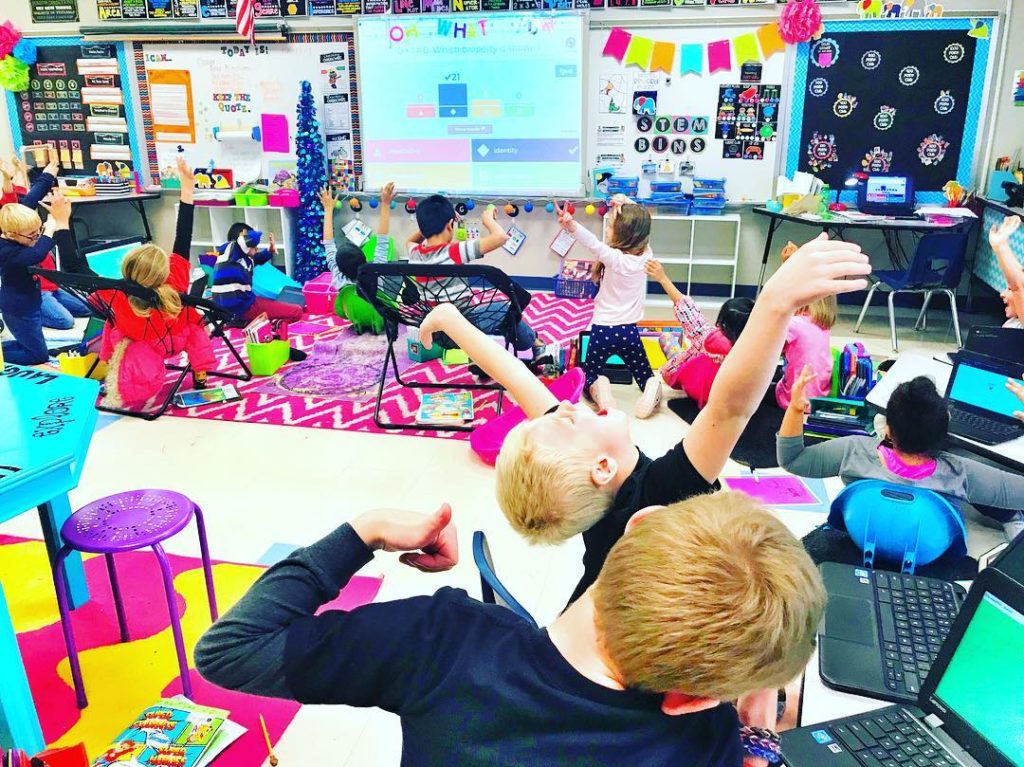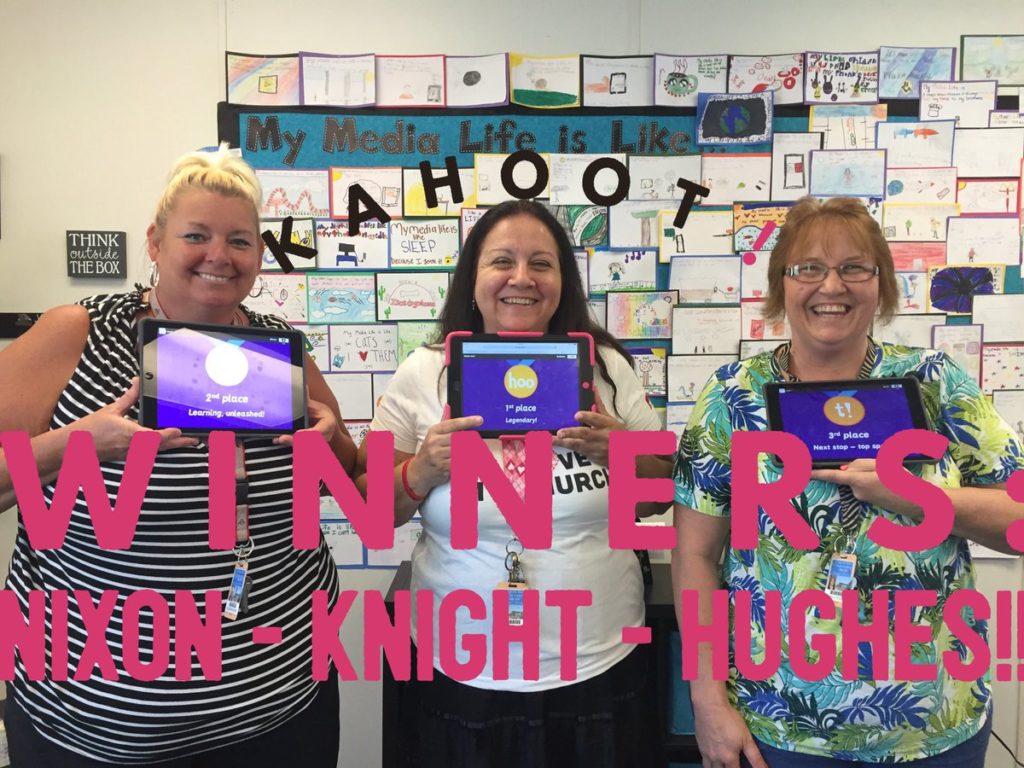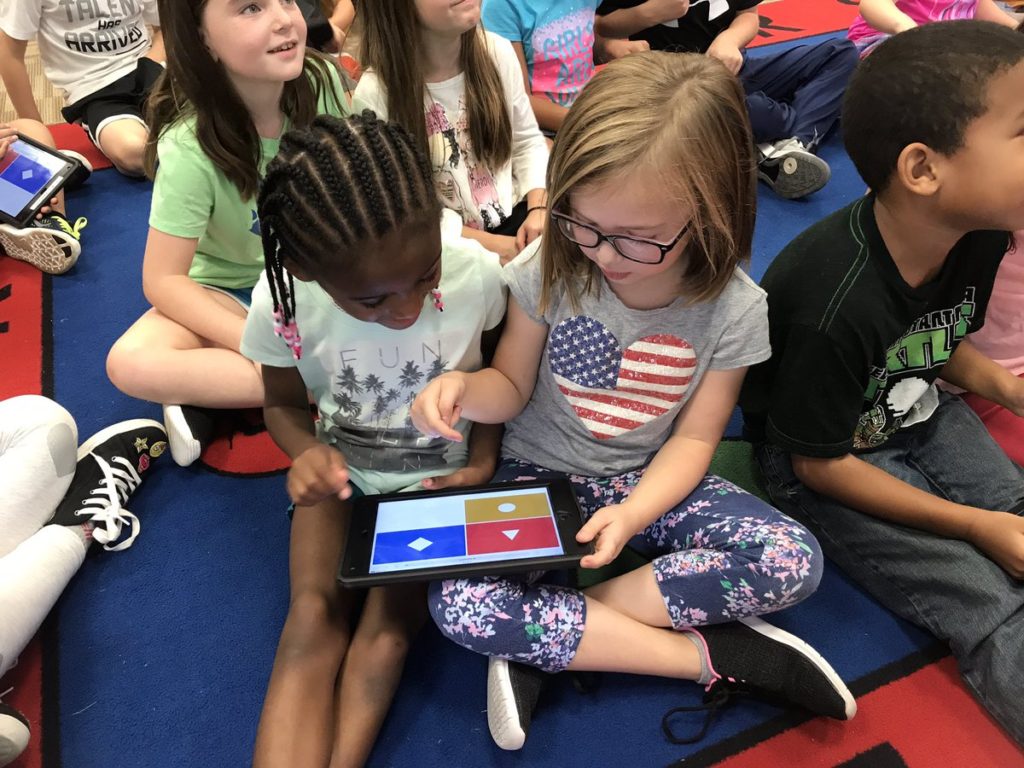The COVID-19 pandemic has both limited and transformed how we learn and teach, and it has clearly shown that we need to prepare students for a constantly changing world. Playful pedagogies are a valuable approach to supporting students, giving them a voice, and having some fun too.

Learning through play: five key characteristics
There is a lot of research behind playful learning that can help us understand what it is and what we gain from it. One framework for playful learning comes from the LEGO Foundation, where they see learning through play as having five key characteristics: actively engaging, meaningful, socially interactive, joyful, and iterative. In addition, Dr. Jennifer Zosh and her team talk about a spectrum of ways to conduct playful learning, from free play to guided play and more structured games.
There’s no one right way to play, but there are lots of potential benefits.

One of the biggest reasons to incorporate play-based learning is that it helps students of any age practice and build future-ready skills in an accessible, low-stakes environment. 21st-century skills, social-emotional skills, the 6 C’s—we know these are essential in a world where information can be easily accessed but not easily interpreted, and even more so given that when today’s students graduate we don’t know what the world will look like.
When we play, we try on new identities and are less afraid to fail. We figure things out together and we adapt to surprises as they come. With some thoughtful reflection built in, these experiences can build confidence and even transfer skills to real-world situations students will encounter in school and beyond.





